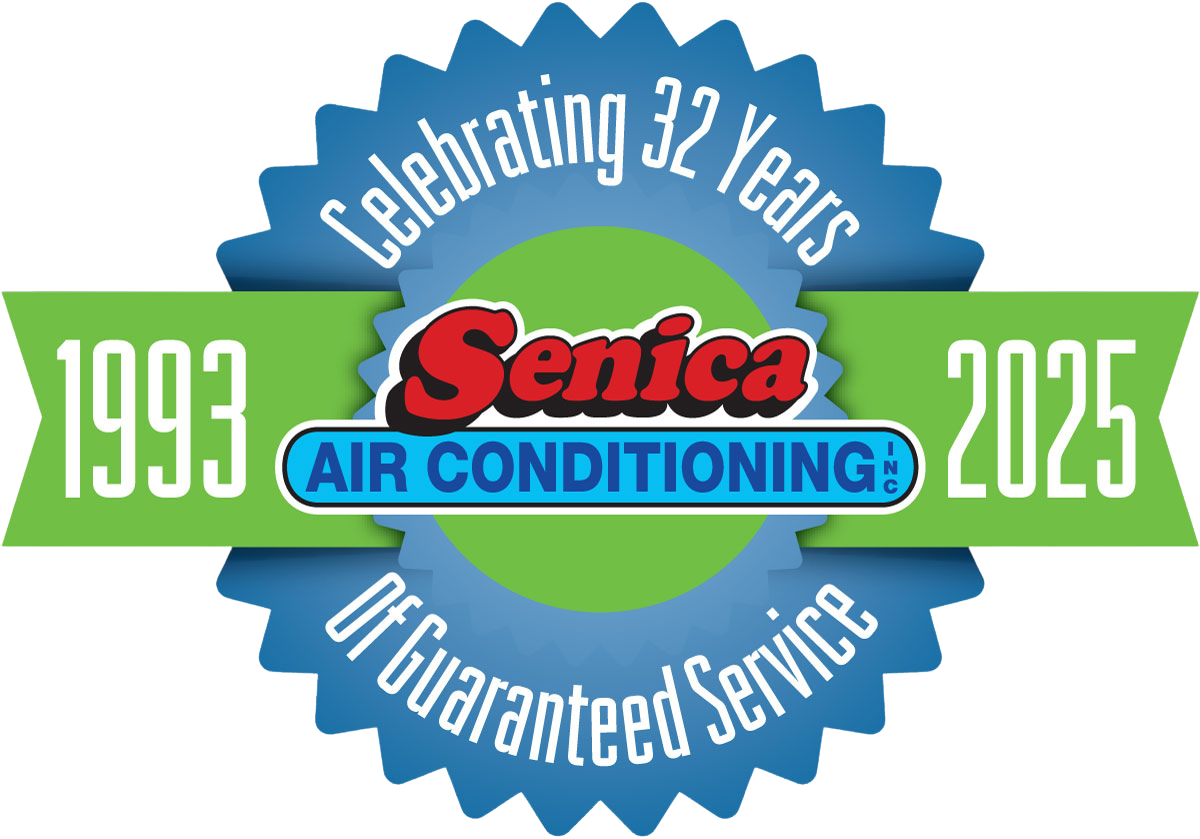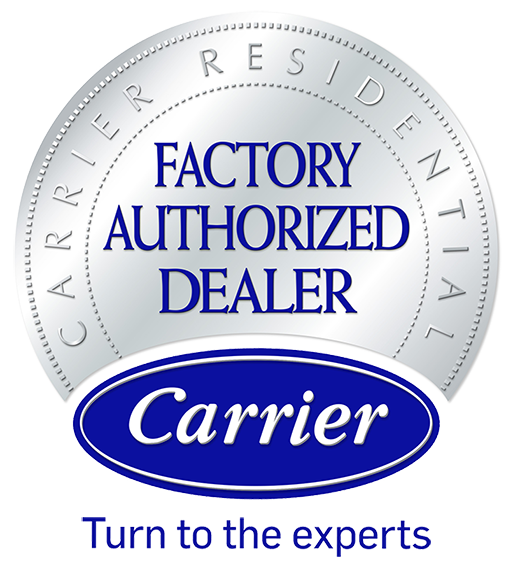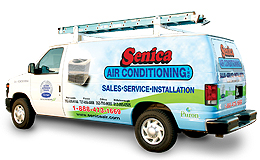When you want air conditioning service you can count on, it’s important to know what’s involved. That’s why it helps to have an air conditioning checklist for preventative maintenance. By doing so, you keep both your repair bill and electric bill much lower. Here are some of the most common elements:
Thermostat
An old or malfunctioning thermostat measures the wrong temperature. Most of the time, the result is an HVAC unit (Heating, Ventilation and Air Conditioning) that rapidly starts and stops too soon. This can damage the compressor and internal fans. Likewise, you won’t be able to maintain a consistent and comfortable temperature inside the home.
Air Filter
The filter is the next place to check. A dirty filter strains the HVAC unit and forces it to work harder to push air. Even worse, it won’t clean harmful irritants from the air, and it may end up blowing them throughout the home. The filter should be changed at least every three months, sooner if you suffer from allergies. Left unaddressed, a dirty filter can damage the HVAC system and possibly contribute to health problems.
Condensate Line
Algae or mold can build up inside the drain pan line. If untreated, it will spill over excess water into nearby areas. Not only is it a health hazard, but it can also become an electrical danger if positioned near wiring or other sensitive equipment.
Wiring
Speaking of wiring, it’s the next most common place for problems to persist. Loose connections come from overheating of the unit. A short circuit can present potential fire hazards. By keeping tight, well-insulated electrical wiring, your system will perform at peak and not present unnecessary dangers.
Coils
Outside, the condenser coils tend to build up dirt and grime. Inside, the evaporator coils can collect dust and debris. Clogged coils slow down your air conditioner and force it to work hard. It will consume far more electricity than needed for normal operation. By cleaning the coils, you keep your unit working at the greatest energy efficiency, and you keep your electric bill as low as possible.
Condenser Check
The condenser tubing holds refrigerant, the chemical that exchanges hot and cold air between the indoors and outdoors. If the tubing leaks, then you lose the refrigerant. Again, it will cost more to cool your home. It can even damage the unit if too much refrigerant leaks out. If you’re running an older system that uses R-22, a.k.a. Freon, then the cost to replace it can be very high. By keeping the condenser tubing clean, you avoid expensive emergency repair costs.
General System Check
With the major components examined, then the entire system should be checked to see that it’s working properly. This is turning the unit on, measuring the temperature, seeing that the unit shuts off as intended and measuring internal pressure. Likewise, the unit is checked for unusual noises or smells.
Senica Air
Senica Air Conditioning, Inc. serves Spring Hill and St. Petersburg, FL, and surrounding areas. We can help you avoid costly air conditioning repair by using our preventative maintenance schedule. Call us today to find out more.



